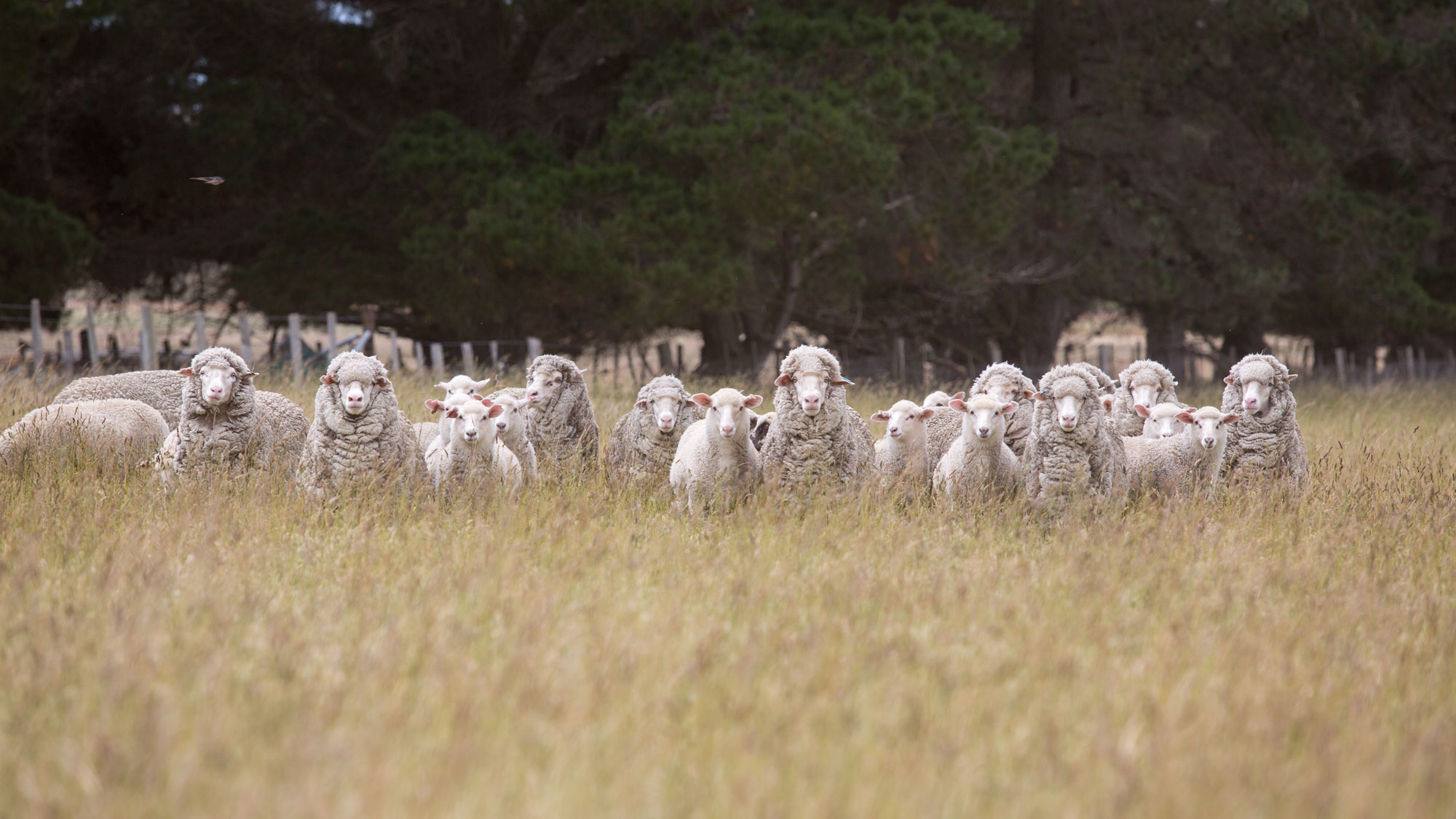Tool 8.4 Feed year plan template
A feed year plan is a useful guide to planning the feed year as it allows you identify pastures and crops capable of achieving high production outcomes in sheep and show you the times of year they’re at their best, and when you have feed gaps.
The estimates for the likely availability of feed of adequate quality in the example below are based on:
- Pastures are grown in suitable soils, etc. and are well adapted to that environment.
- Pastures are well managed for both the good of the pasture and the livestock enterprise. This may involve spelling pastures for, say, up to two months to accumulate adequate quantity of feed to supply enterprise requirements. Pastures are also maintained in the active growth phase so that quality is at a high level. This is especially relevant with summer growing species such as forage sorghums.
- Quality feed, in these plans, means feed on offer having a digestibility of 70 per cent or better, and that a ‘mixed’ pasture has a good balance of legume present.
- Plans do not infer that this is only one paddock of a particular pasture type. That is, one may be grazed while others are rested to improve availability for livestock requirements.
- The estimates are intended as a guide only to help in selection of appropriate pasture types to suit the enterprise targets. Variability in production can be quite large.
- The quantity of feed available depends on the growth rate of the pasture, stocking rate, rate of wastage, and previous management of the pasture. These estimates only show that in any particular half‑month period the pasture type is capable of having feed on offer, of adequate quantity and quality, to suit requirements in average seasonal conditions.
In addition, potential production may be greater than that indicated, given exceptional management and/or favourable aspects of pasture production. Similarly, production can be less than that indicated – especially if management is less than accepted ‘best practice’ or the season is unfavourable.








